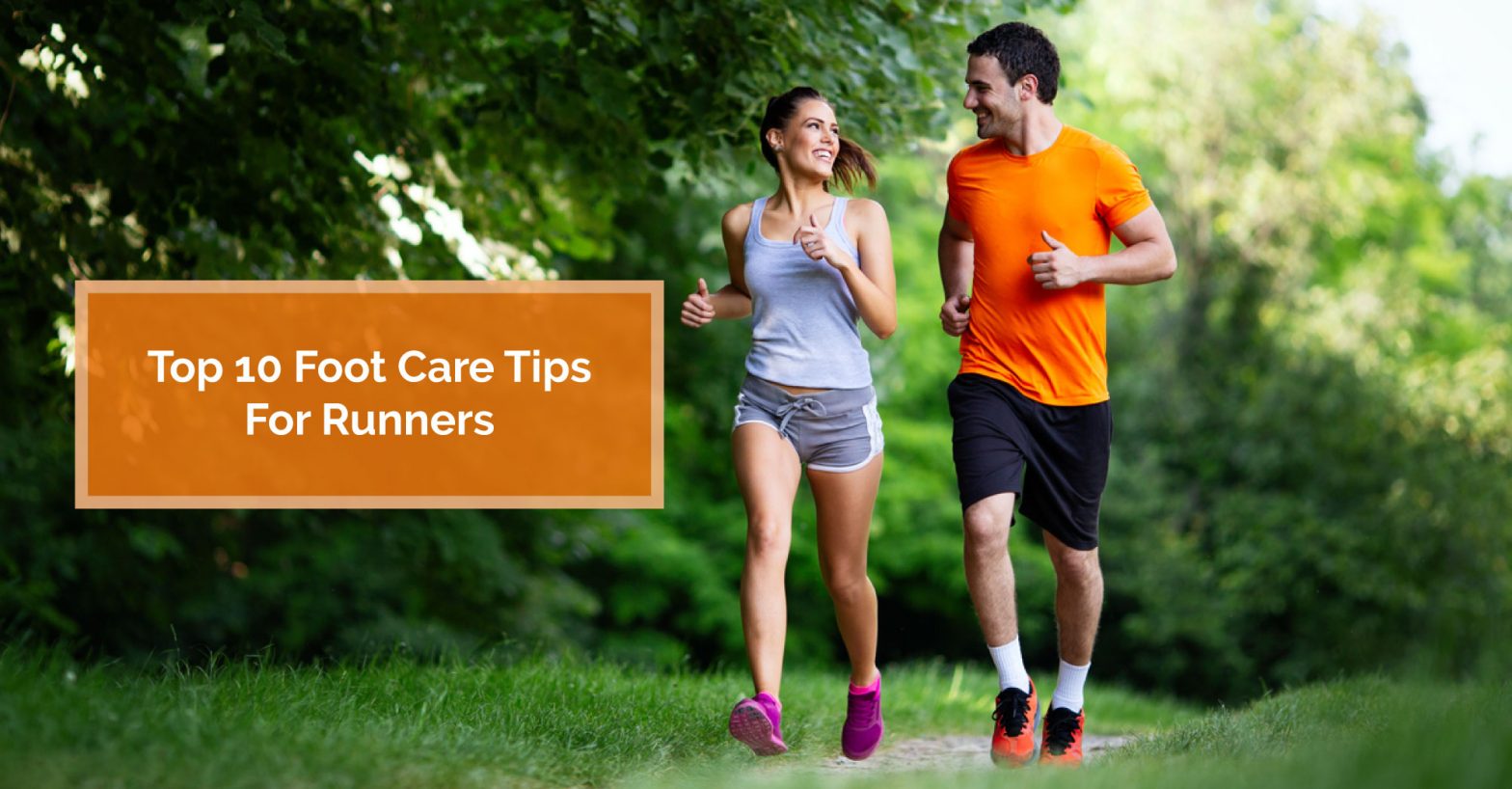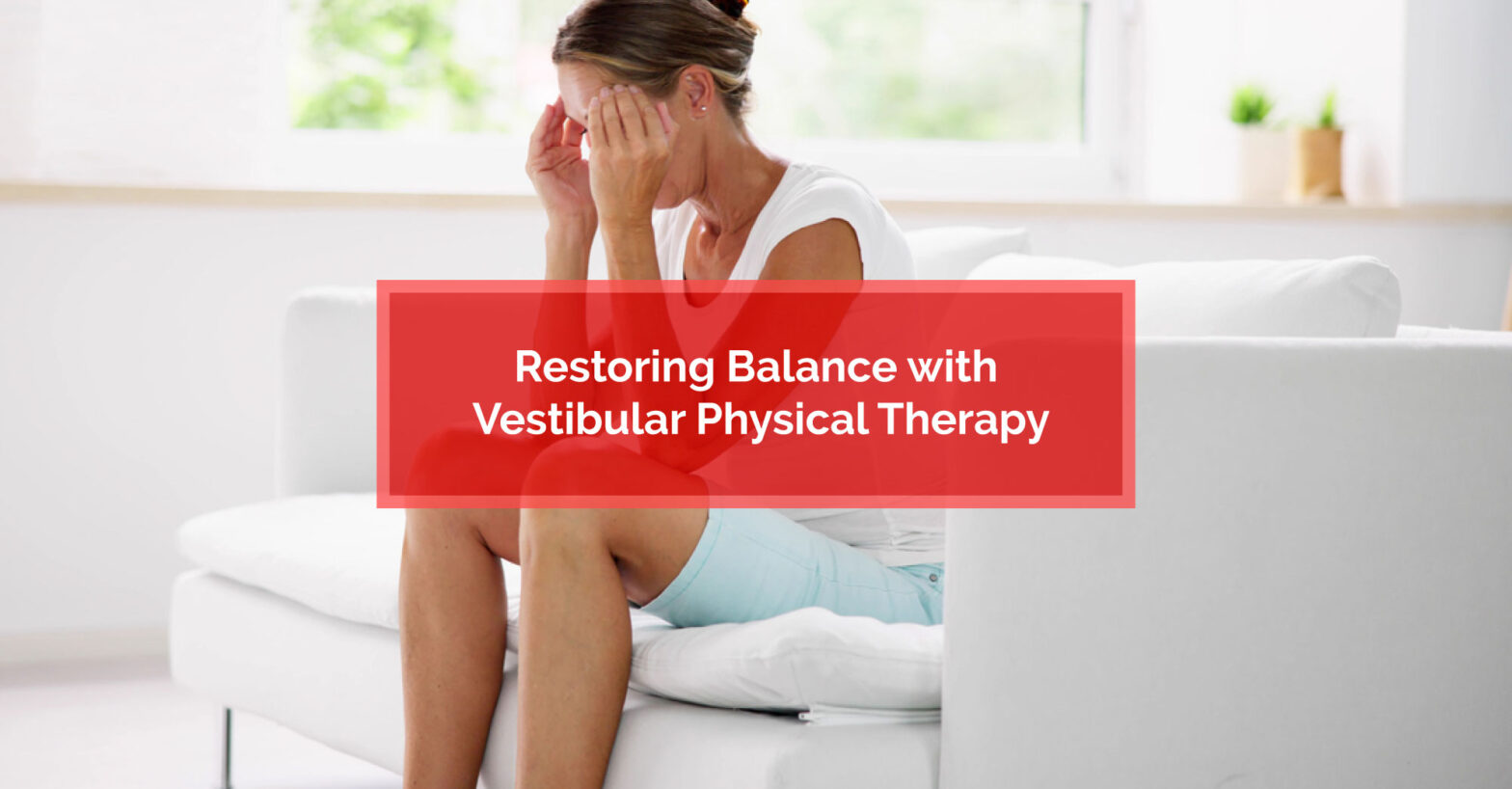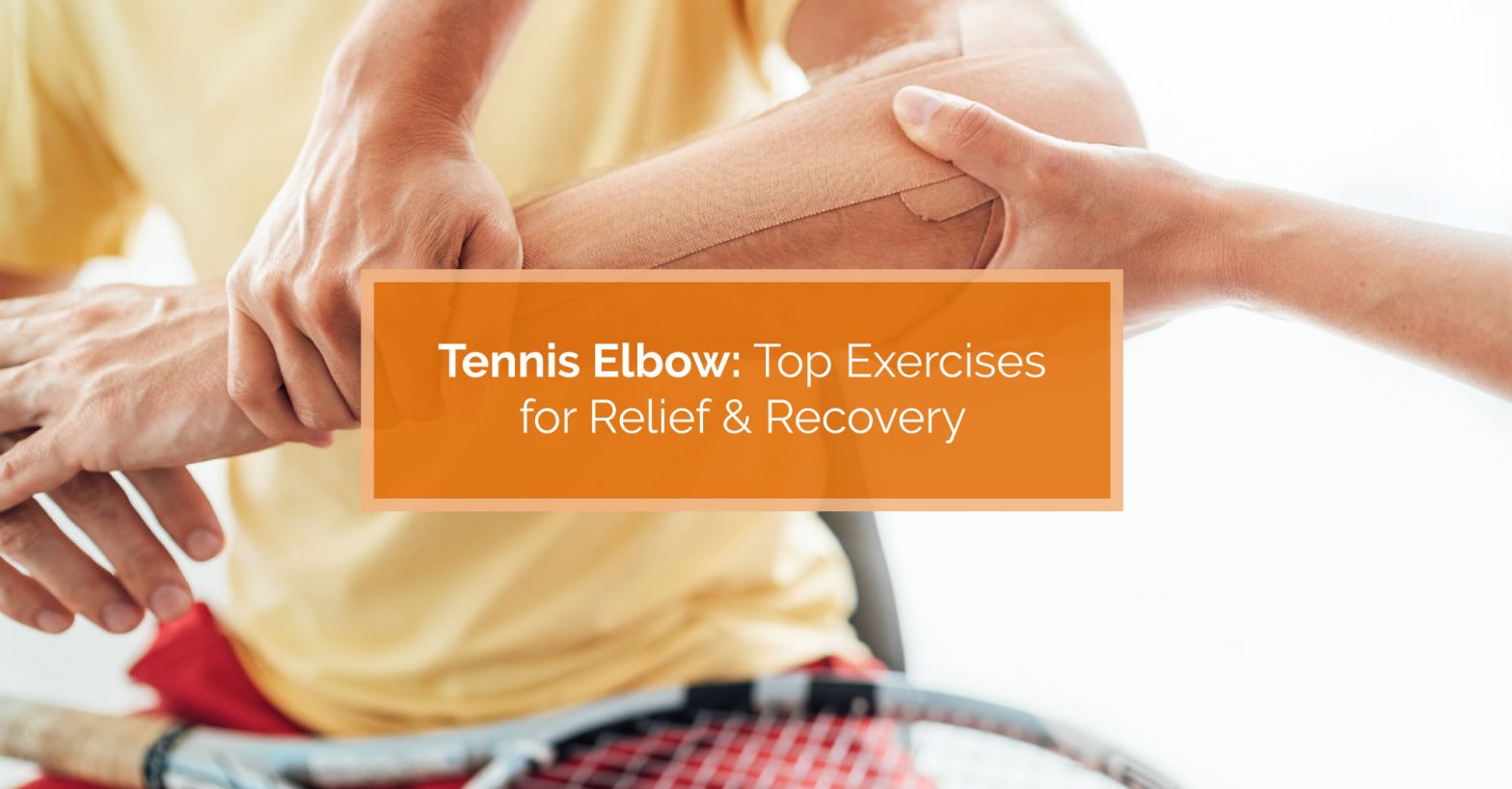Osteoarthritis Treatments: What You Need to Know...
Key Highlights: Osteoarthritis treatments focus on pain relief, restoring joint…
Read More
Posted by Dr. Scott Wilson | 01-Sep-2022
If you’re a runner, you know that foot care can be a significant challenge. Running is a fun and active form of exercise that provides a number of health benefits. However, the added shock on the joints and ligaments, multiplied over thousands of footfalls, can lead to chronic foot pain and problems such as tendinitis, bunions, and even arthritis. To help ensure that you’re enjoying the benefits while minimizing the risks, here are ten key foot care tips that every runner should know. These tips can help you reduce your chances of experiencing an injury and, if you experience one, they can help you recover.
There is no doubt that footwear impacts your feet and that proper footwear is an important part of proper foot care. However, as a runner, not only is it essential that you wear the right shoes, you also need to make sure to lace up and tie your shoes properly. Doing this prevents heel slippage, eliminates blisters caused by friction & irritation and can also help prevent ankle injuries. Different lacing techniques include:
Custom orthotics are an essential part of foot care for runners because they help keep your feet and lower body aligned. This helps to more evenly distribute the force of impact on your feet up through your ankles, knees, hips, and lower back and reduces wear and tear. They also reduce the overall force of impact by helping the plantar fascia cushion your feet and absorb impact, which is especially important for running on hard surfaces.
Since custom orthotics are made specifically for you based on your unique physiology and requirements, they can also correct imbalances by adjusting the angles at which your feet strike the ground. Because of this, they can address pronation of the subtalar joint, provide arch support for those diagnosed with pes planus deformity and can help correct gait problems. They’re also designed to control excessive foot motion under high impact while running long distances and will reduce pain in the foot and prevent common running foot problems such as:
We all need to trim our toenails. It’s an important part of proper foot care. But it’s especially important for runners. Since toenails constantly and forcefully make contact with the front of your shoes for a long time during running, there’s an increased risk of black toenails, blood blisters, and pain. Keeping your toenails cut short can reduce the impact on the front of the shoe and therefore reduce the risk of injury.
An important part of foot care for runners is having strong feet. Many runners believe that the countless kilometers they put in should be enough to ensure strong feet. However, even though running does strengthen the muscles in your feet, because it primarily involves a singular repetitive motion, it leaves other small muscles throughout the foot and ankle weak. There are multiple foot strengthening and physiotherapy exercises that are highly beneficial for improving your range of motion and for helping to limber up your feet. Some of the exercises that you can do to improve the lifelong health and vitality of your feet include:
Walking barefoot allows your toes to move and spread out, and keeps your body in proper position (i.e., without your heel being raised off the ground at all). Other benefits include:
Rolling your feet around on a lacrosse or tennis ball can be a very effective foot care technique. It helps with releasing the ligament that connects the heel to the forefoot, called the plantar fascia, and is an essential deep-tissue massage. It even relieves tension in the glutes, calves, hamstrings, and lower back. This is because issues in the feet can exacerbate pain in those areas. You can do this either while seated or while standing. Just place your foot on a ball and start rolling it around slowly. Then switch to the other foot. It’s that easy.
A key part of ensuring proper foot care is attending to any sort of foot problem immediately. Problems such as blisters, ingrown toenails, callus, tender areas, or any other signs of infection can develop into something debilitating if not treated properly. Even a bony bump at the base of the big toe throws foot bones out of alignment and can be painful due to pressure or arthritis. Be sure to inspect your feet regularly. If you see or feel something out of the ordinary, be sure to address it immediately.
Runners often experience swollen feet caused by venous insufficiency. The repetitive impact that running has on the feet causes microtraumas to the multiple capillaries that deliver oxygen. Excessive swelling and repetitive trauma can lead to more significant issues. Long-distance runners should take breaks and rest every few miles to improve blood circulation and reduce swelling and all runners should consider wearing compression socks. They can be a very helpful foot care tool as they can help mitigate or prevent swelling by maximizing blood flow and preventing fluid retention.
Massage therapy can be an important part of a runner’s foot care regimen. It’s a great way to relieve muscle soreness, promote better blood circulation and to relax tight muscles. It’s also believed to flush toxins and lactic acid from the body, which eases joint strain. If you want to stay as limber and pain-free as possible, massage therapy or physical therapy can be an effective way to maintain the muscles and other tissues such as tendons, ligaments, and fascia in your feet.
Seeking the help of a specialized professional is also an important part of maintaining proper foot care, especially for runners. By visiting a Chiropodist regularly, you’ll be far more likely to identify and address any potential problem before it develops into something serious. Untreated injuries can lead to chronic pain and may keep you off the trail or the track for an extended period of time. A Chiropodist can also help educate you on the importance of foot health and any additional steps you need to take to maintain optimal foot health.
Answer: This depends on the type of running you plan on doing. That said, while morphology and distance affect optimal preparation, generally speaking you can begin preparing and protecting your feet by:
Answer: Yes. The skin on your feet does require some level of moisture. Otherwise, the constant running and friction will make your feet more prone to painful cracks and bleeding. In addition to moisturizer, anti-chafing can also be useful.
Answer: Wet weather can be a severe challenge for runners. The rain, continuous sweating, and humidity can make your shoes wet and soggy. This makes it difficult for you to run efficiently. Here are some ways to keep your feet dry while running:
Answer: Athlete’s Foot, also called tinea pedis, is a fungal infection that causes a scaly rash between the toes and can result in severe itching, or burning sensation. In most cases, an over-the-counter topical antifungal cream will do the trick. However, for more stubborn or serious cases, a prescription strength medication may be needed.
Our feet are the foundation of our body, and proper foot care is important for optimal long-term health. However, for runners it’s essential. As a runner, your feet experience a significant amount of impact and this impact can lead to potentially debilitating conditions. However, by being proactive, watchful and immediately responsive, you can avoid injuries and enjoy the many benefits the sport has to offer with minimal risk. If you do experience injury or trauma, working with a Chiropodist and/or a Physiotherapist can help to get you back on your feet. Physiotherapy programs emphasize the use of therapeutic massage and custom exercise plans that are designed to restore joint range of motion, muscle strength, neuromuscular coordination, gait mechanics, and more. They can help with common foot and ankle issues including plantar fasciitis, turf toe, and foot/ankle stress fractures.
If you’re a runner looking to treat a foot problem or to recover from a foot/ankle injury, contact us today and let us show you why, at Physiomed, Healthier Starts Here.

Key Highlights: Osteoarthritis treatments focus on pain relief, restoring joint…
Read More
Key Highlights: Runner's knee, or patellofemoral pain syndrome, is a…
Read More
Key Highlights: Upper back and neck pain can be caused…
Read More
Key Highlights: Many people want to lose belly fat for…
Read More
Key Highlights: Vestibular physical therapy, or physiotherapy, is a specialized…
Read More
Key Highlights: Tennis elbow, or lateral epicondylitis, is a condition…
Read More